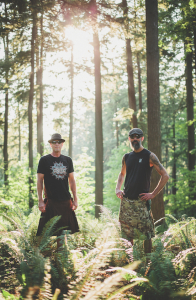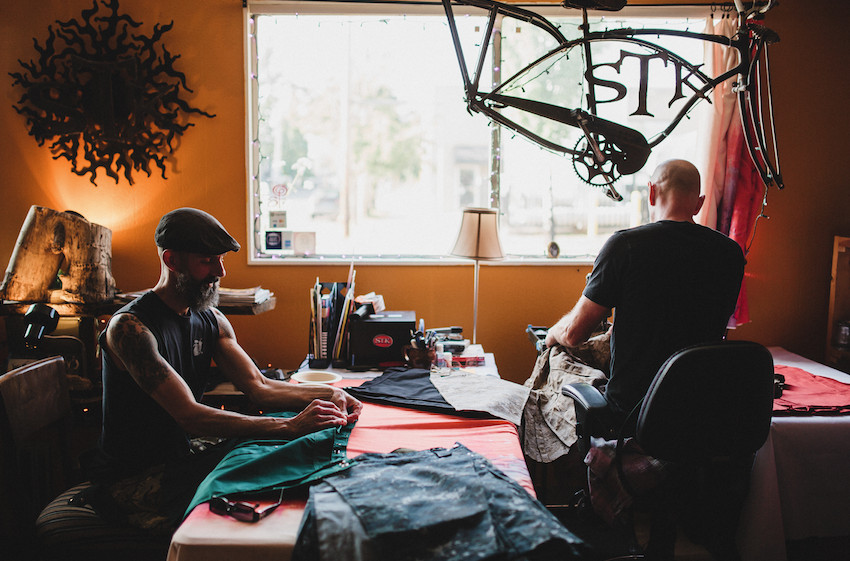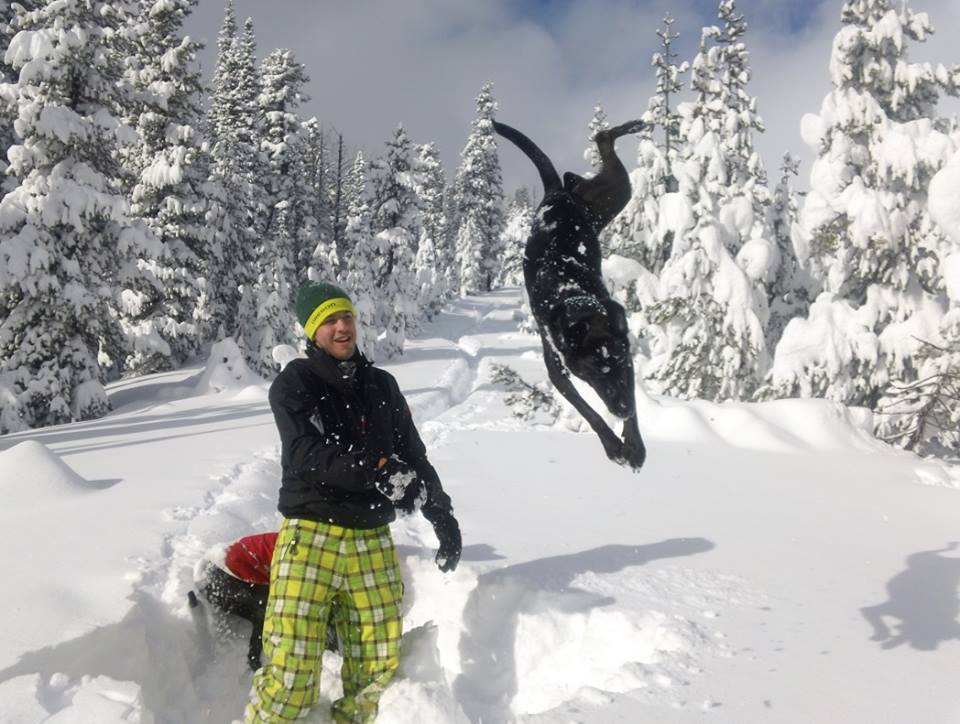Bringing back the kilt
written by Andes Hruby | photography by Bradley Lanphear
If clothes make the man then kilts suggest the wearer has a corporeal level of confidence. StumpTown Kilts is a destination location in Portland. Appointments are encouraged but there are Saturday store hours at the makers space Manifestation Warehouse. Within the studios is hipster couture you can’t find downtown: kilts.
Over a decade ago an adventurous group of gentlemen embraced their Scottish heritage and began a journey to find ventilated comfort amid performance pleats—not fleece—in Oregon. Amid a dozen friends, a few beers (or kegs), sixteen prototypes, shredded materials and a basement covered in chaos, StumpTown produced its first ¼-inch pleated 4-yard prototype.

In 2014, the team streamlined into two main warriors: John McClain and Todd Michael Altstadt. McClain used his steel and welding techniques to accessorize the kilt with function. Altstadt attended venues and festivals to get the word out about their boutique mission: real men wear skirts.
The StumpTown Kilt is sewn with a nod to the historical transition of the Great Kilt (originally banned by the British) into the modern Scottish Army Kilt of 1796. The handmade kilt has adjustable snaps to expand or shrink several sizes depending on seasonal girth (or a good meal).
StumpTown offers enduring elegance with respect to traditions, but it’s also a modern contemporary option for diverse walks of life. StumpTown is not a fickle fashion item: the kilts are built to endure weather, wading, washing, cloaking, fatigue, and with a chuckle McClain and Altstadt explain, there is always the freedom to go “regimental” (read: undie-free).










